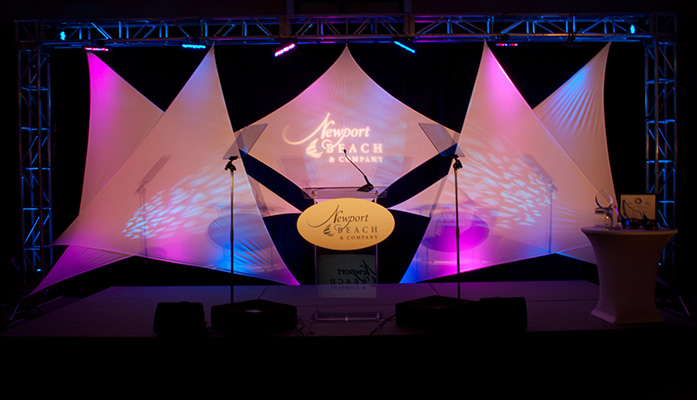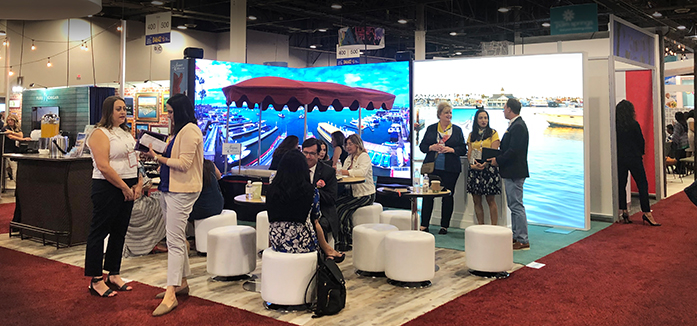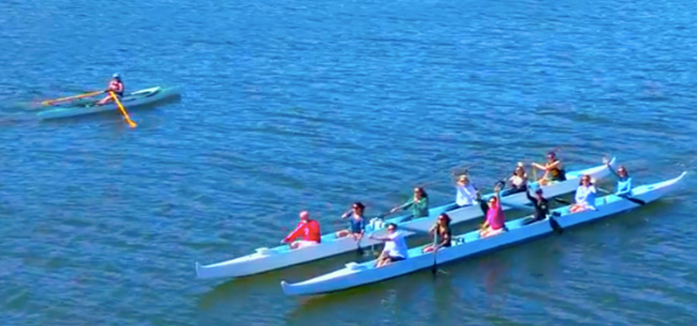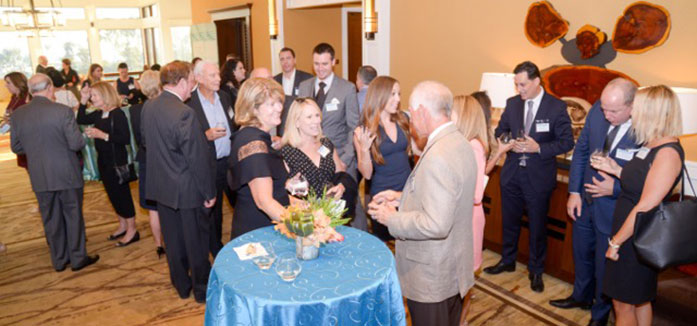Crucial Lighting Tips for Effective Presentations

There are several factors to consider that can mean the difference between a great production and a disastrous conference. Many of these issues stem from poorly placed stage and backdrop lighting. Unfortunately, poor lighting accounts for many presentation blunders but with a few adjustments those problems can easily be avoided.
Lighting tips – helping your speaker!
Have you ever watched a speaker fumbling through notes, losing his place, or straining to see his audience? The problem may not have been an unprepared speaker; it may have been as simple as incorrect lighting. Light placement is crucial to an effective presentation. Contrary to how it may appear, it’s not as easy as directing some lights to the stage and podium.
In fact, just a bit of foresight and rehearsal time can eliminate one of the most common problems in a presentation: GLASSES! It seems simple yet very few people take into consideration that some speakers may wear glasses. Lighting adjustments must be made to insure there are no distractions for the presenter, the audience and the production team.
The glare from stage lights bouncing off a speaker’s glasses can distort the entire presentation. The speaker may have a hard time seeing and connecting to the audience, or reading any notes. The audience likewise, may have a hard time clearly seeing and connecting to the speaker. If you’re planning on recording the presentation – forget about it, the reflection from a speaker’s glasses will completely compromise a video production.
Planning adequate and mandatory rehearsal time to ensure presenters are well lit and can easily see their material can ensure a successful and effective presentation.
Lighting tips – avoid the floating head!
Just as important as light placement is backdrop color choice. It’s quite common to use pipe and drape as a stage backdrop at many conferences however, the mistake happens when black drape is chosen. Black is usually the color of choice simply because it seems to be the most readily available and it tends to blend well with most hotel ballrooms or venues. While this may present a clean look and can be a neutral backdrop for most screen presentations, if your speakers are wearing dark suits – watch out!
Think about the seminars you’ve attended over the years, doesn’t it seem that most presenters tend to wear black, charcoal grey or navy blue suits or dresses? While black on black may make for a dramatic look, when presenting from a stage, dark on dark just doesn’t cut it! This is because black is difficult to light, it simply doesn’t create much contrast or depth perception unless the area is extremely well lit, which of course, just adds more costs to a production!
If you are intending to record the conference or attempting to use IMAG (image magnification) chances are you’ll have the illusion that your presenter is bodiless, that’s right just a disembodied head floating back and forth across the stage.
No need to worry though, the solution is rather simple; choose a light grey drape instead. Light grey provides the perfect backdrop! As surprising as it may sound, even if a presenter is wearing a light grey suit, a grey drape will still work! Why? Because grey is easier to light than black or white draping, it brings forth true colors, provides plenty of contrast and depth perception and, most importantly, avoids the dreaded ‘floating head’!
Crucial to running a successful meeting is the ability to address the seemingly little things. In the world of A/V there is no such thing over preparing!
Looking to hold your next meeting in Newport Beach? Contact Visit Newport Beach your “one source” for all of the great hotel and resort venues in our coastal community.









